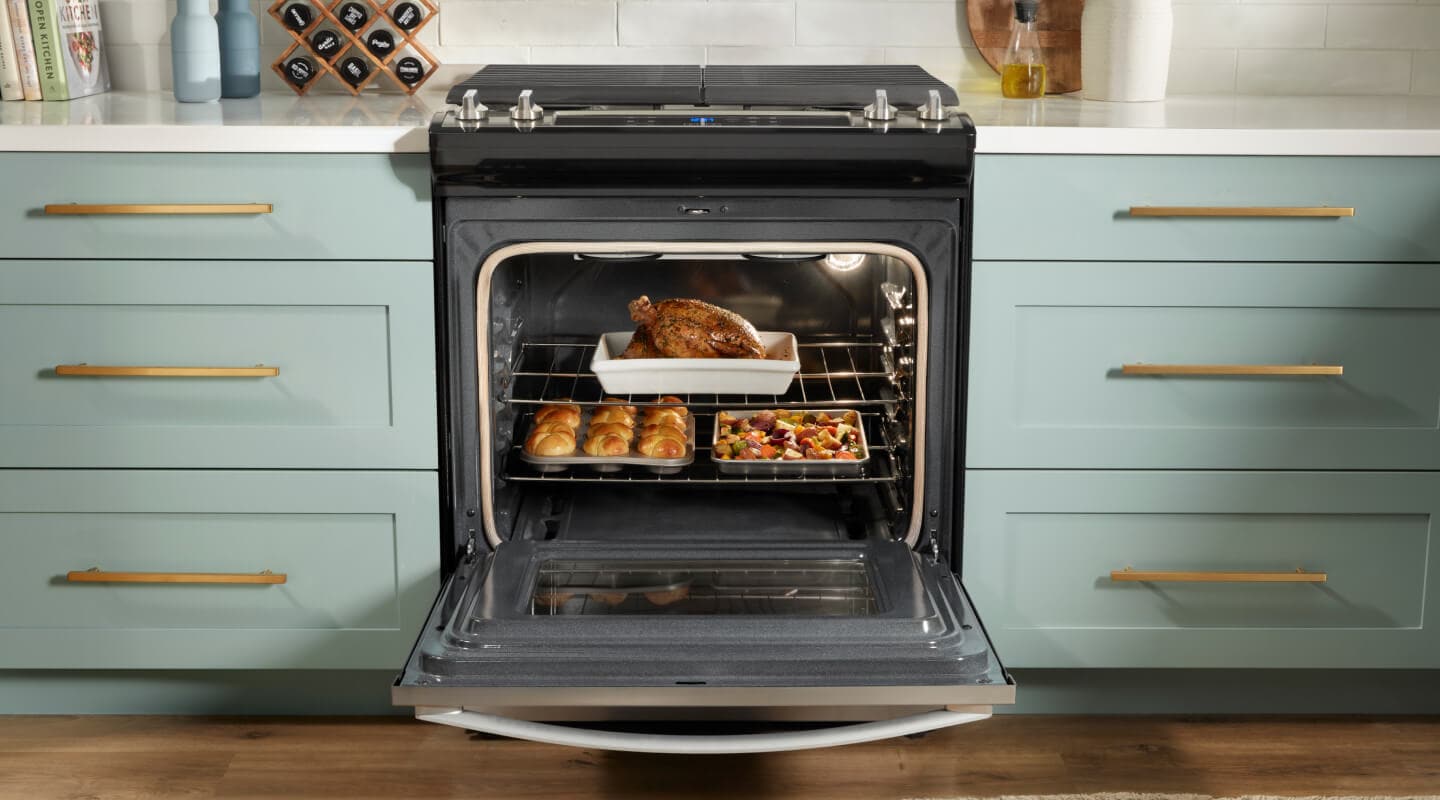
How to Steam in an Oven: Tips for Steaming Food
Steaming is a simple way to help bring out fresh flavor in your favorite foods—and you don’t need a countertop steamer to do it. With the right setup, your oven can deliver tender vegetables, fluffy grains, moist proteins and more. In this guide, explore how to steam in an oven, learn which foods steam well and discover the benefits of incorporating steam cooking into your routine.
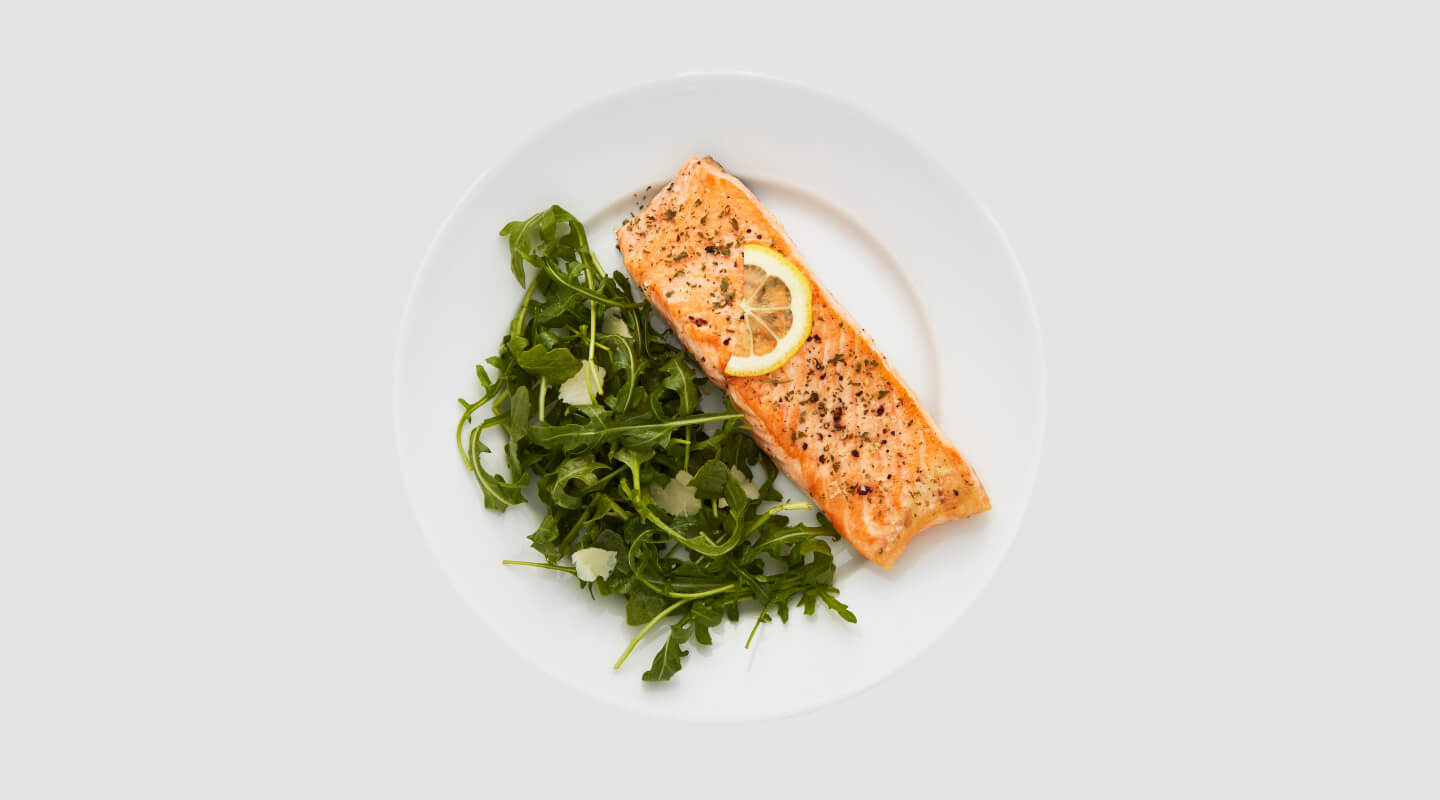
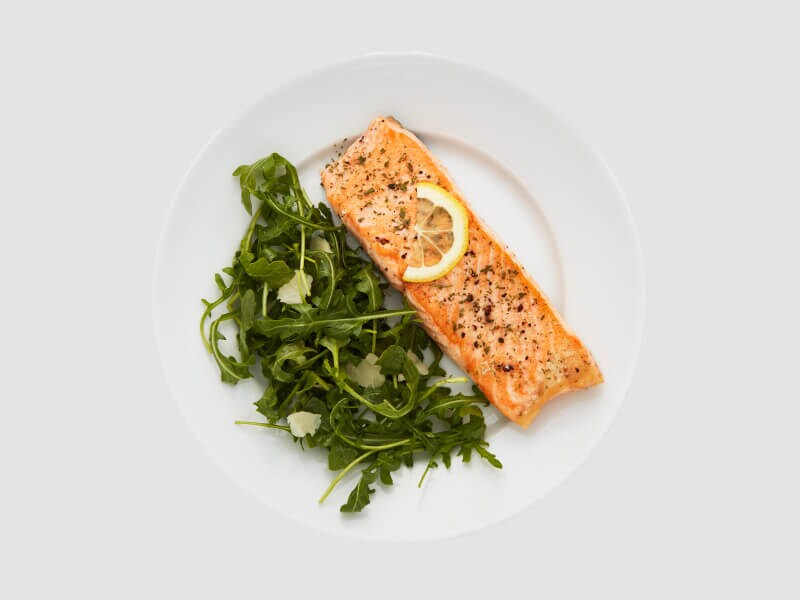
How to steam food in an oven
To steam-cook in an oven, cover food with foil to trap moisture or use a steam-roasting method by cooking the food covered first, then uncovering it to finish. Both methods can help lock in flavor and tenderness. For best results, follow a recipe that will tell you how much liquid to add when steaming your food. And always use appropriate cookware.
1. Prepare the oven and pan
Preheat the oven to the recipe’s temperature. Place your food in an appropriate baking dish or sheet pan. For hearty vegetables like potatoes, beets or carrots, add however much water or broth your recipe calls for before tightly covering—this helps generate steam inside the pan.
2. Cover to trap steam
Seal the dish tightly with aluminum foil or a lid. Covering helps lock in moisture, creating a steam-like environment that helps tenderize food. For example, covering carrots with foil allows them to steam first, then caramelize once uncovered.
3. Choose your cooking style
Foil-cover method: Keep your dish sealed for the entire cooking duration for gentle, steam-like cooking—great for casseroles, grains and delicate proteins like fish.
Steam-roast method: Start cooking with your dish covered to steam the food until tender, then uncover in the final minutes (for whatever amount of time your recipe dictates) to allow browning and caramelization.
4. Check for doneness and serve
Remove foil carefully. Test doneness with a fork or, for proteins, a food thermometer. The USDA recommends cooking poultry to an internal temperature of 165°F. Let proteins rest briefly before carving and serving.
Shop Whirlpool® Ranges With Even Air-Powered Cooking
Whirlpool® Ranges are built with convenient features to help you prepare your family’s favorite meals, whether you’re baking, roasting or air frying. With features on select Whirlpool® Ranges like Air Cooking Technology, you can experience the difference1 with the dynamic air flow and intense heat of Air Fry and Air Baking, while other models are equipped with 6 Cooking Modes to help you take your favorite meals from fresh, fridge or freezer to fabulous.
What foods can you steam in an oven?
In the oven, you can steam vegetables, poultry, fish, grains, and even some breads or desserts by covering dishes with foil or using steam-roasting. Moist heat helps keep foods tender while enhancing flavor.
Vegetables. Root vegetables like potatoes, carrots and beets can benefit from steam-roasting for tender insides and caramelized edges.
Fish and seafood. Covering fillets with foil or parchment traps moisture to help keep fish tender and flaky.
Poultry. Steam-roasting chicken covered first, then uncovered, helps lock in juiciness while allowing browning toward the end.
Grains and rice. Cooking rice or grains in the oven with water in a covered dish allows them to steam, similar to stovetop cooking.
Bread and baked goods. While steam is best known for artisan bread crusts, even simple loaves may benefit from foil covering at the start to retain steam, then uncovering to achieve a golden brown finish.
- Custards and desserts. Dishes like flan or cheesecake can be baked in moist, steamy environments to help promote a smooth texture.
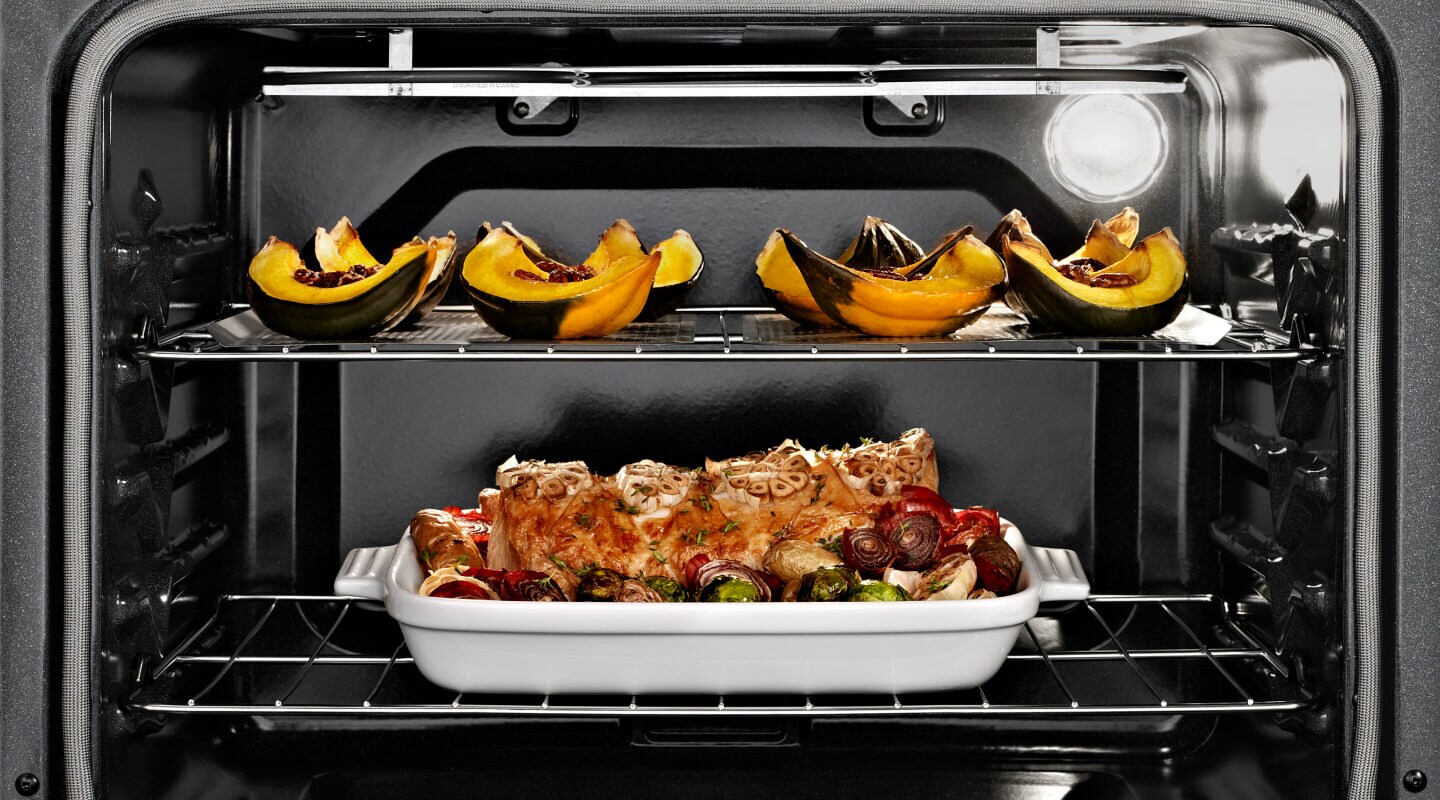
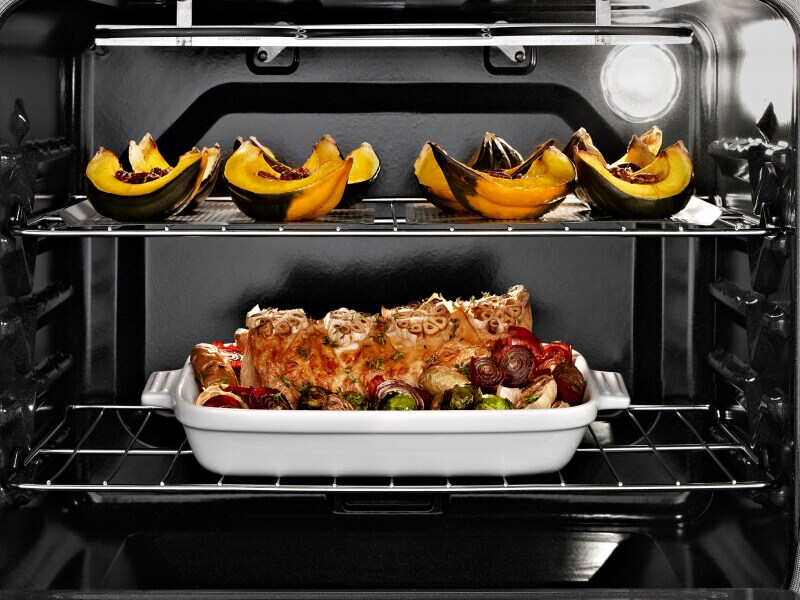
Benefits of steaming food in the oven
Steaming food in the oven is a simple cooking method that combines convenience with nutrition. By using moisture instead of direct dry heat, this approach can help enhance both the flavor and the overall quality of some meals.
Steam cooking in the oven may:
Retain nutrients, vitamins and minerals that can be lost with frying or baking.
Enhance natural flavor by keeping foods juicy and well-hydrated.
Provide even cooking results thanks to consistent steam circulation.
Lower the risk of burning compared to high-heat methods like roasting or frying. (however, steamed foods can still be overcooked)
Explore Whirlpool® Wall Ovens and Ranges
From busy weeknights to weekend gatherings, Whirlpool® Wall Ovens and Ranges bring the performance and reliability you need in the kitchen. Select Whirlpool® Wall Ovens are equipped with Assisted Cooking Cycles that calculate and set the ideal cooking time and temperature for common foods like casseroles, meat, fish, vegetables, pizza and some baked goods. And if you are in the market for a Whirlpool® Range, select models include features like Air Baking, so you can go from gooey to golden and get even results when baking on multiple racks.
Was this article helpful? Pass it on
LEARN MORE WITH WHIRLPOOL BRAND


home heartbeat
Ready for more tips, home hacks and appliance guides?
1. Compared to thermal bake

